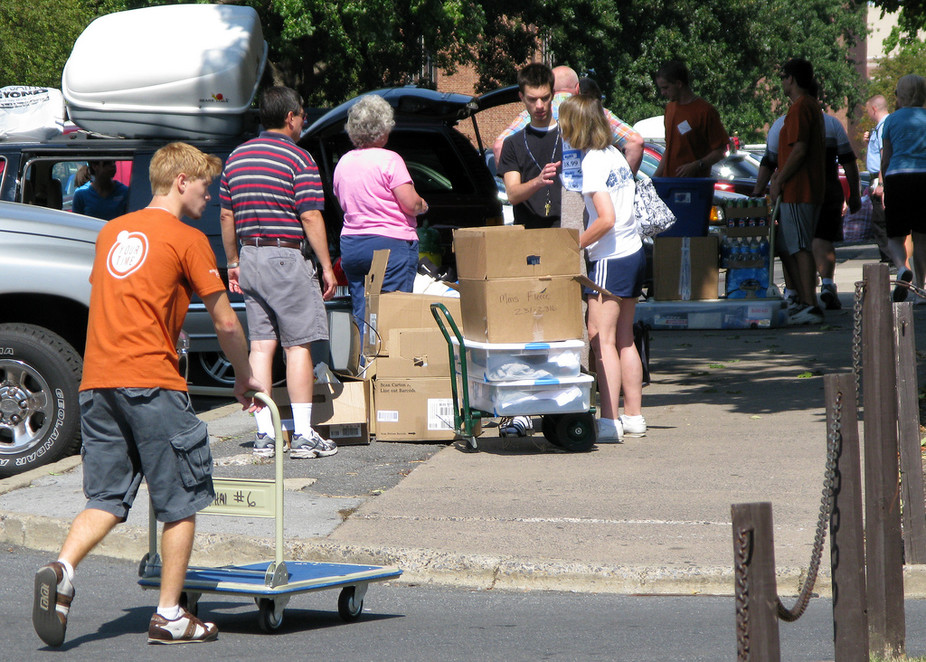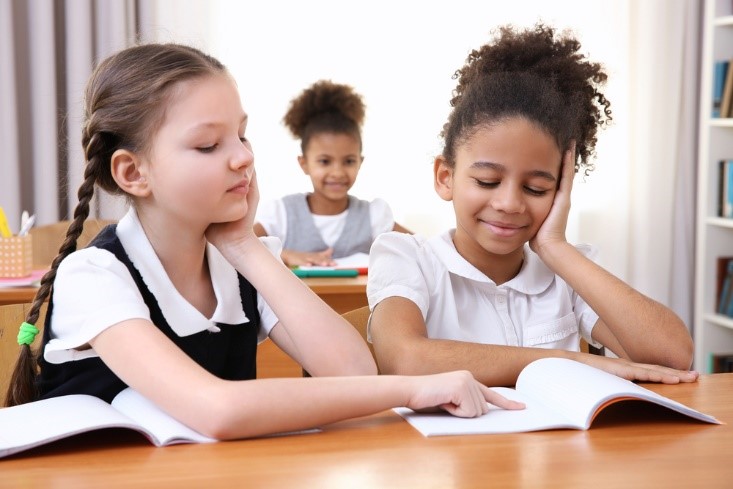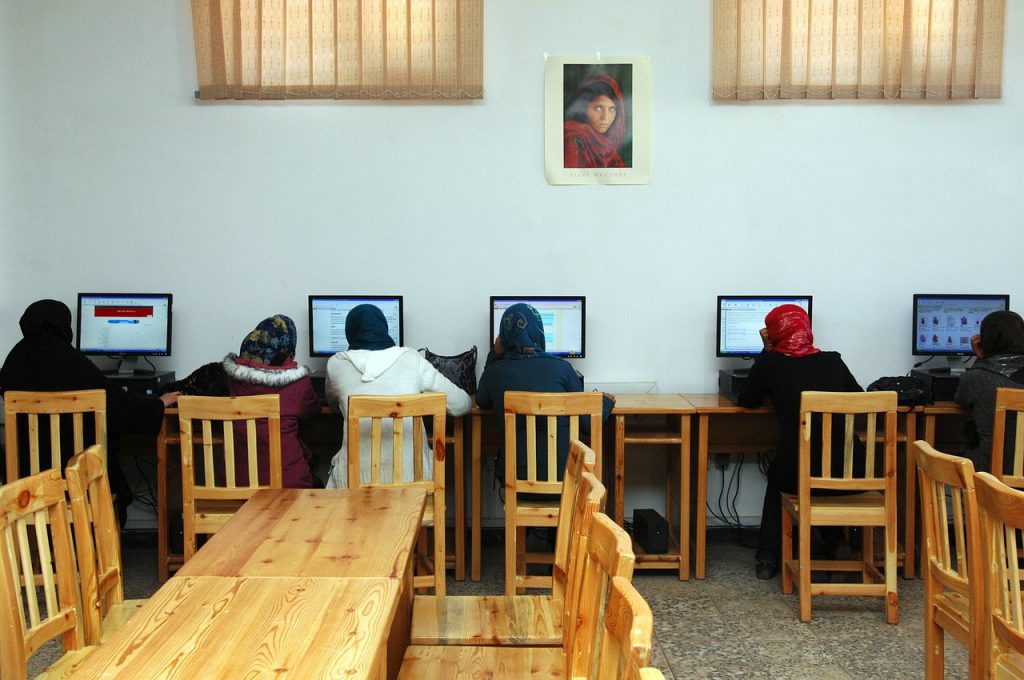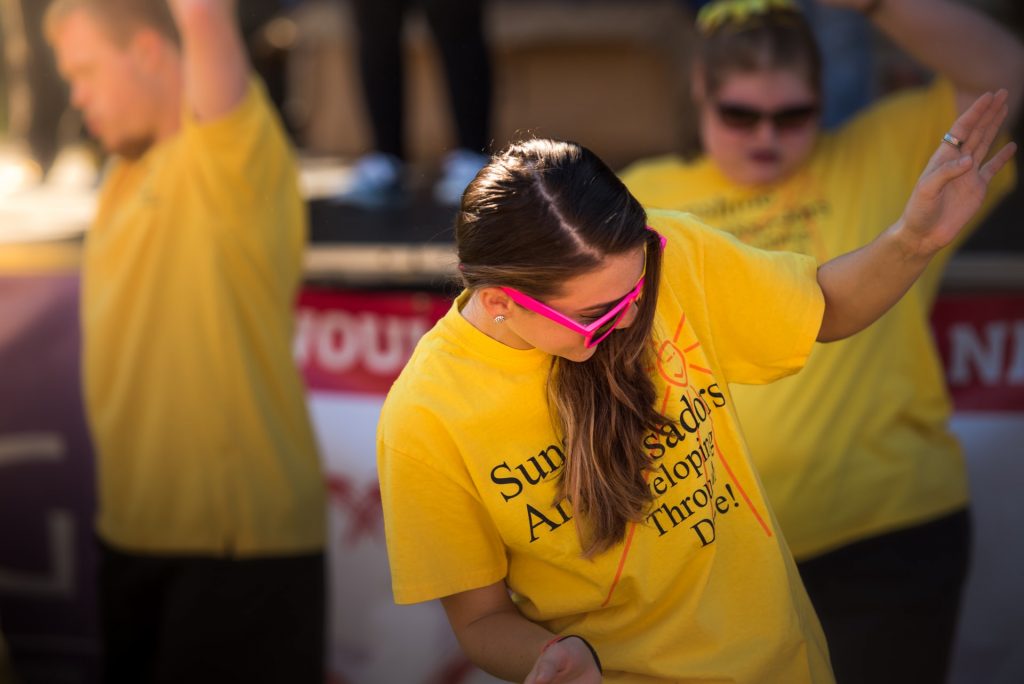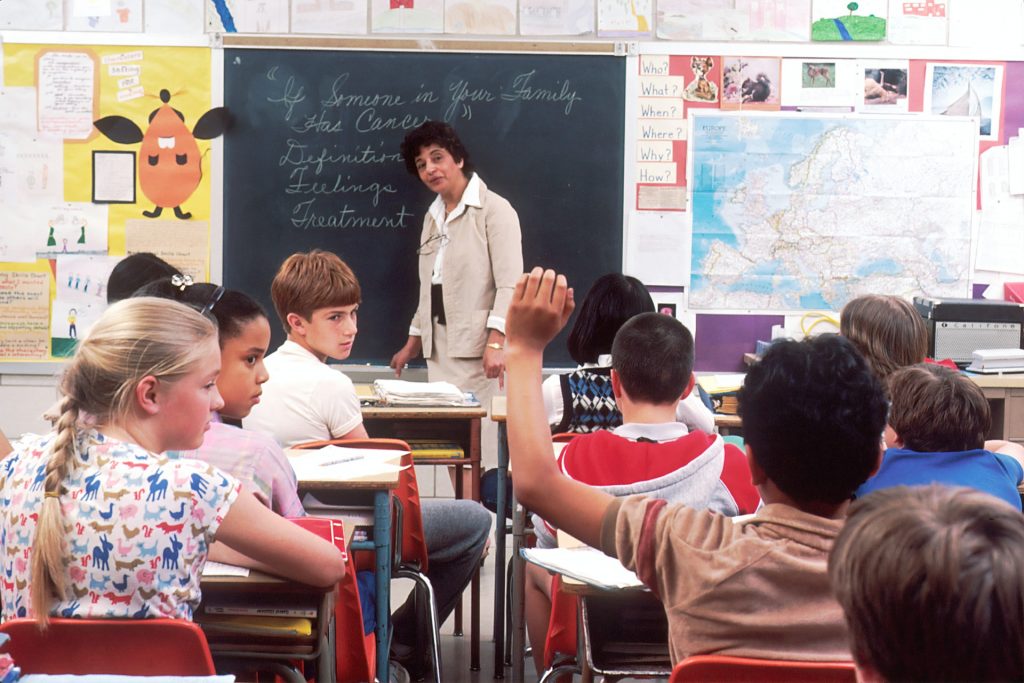Are you looking for strategies to help students peacefully solve conflicts? If so, keep reading.
1. Praise the student for demonstrating the capacity and ability to properly solve problems in conflict situations: (a) give the student a concrete reward (e.g., privileges such as leading the line, handing out learning materials, 10 minutes of free time, etc.) or (b) give the student an informal reward (e.g., praise, handshake, smile, etc.).
2. Converse with the student to explain (a) what they are doing wrong (e.g., fighting, name-calling, etc.) and (b) what they must be doing (e.g., withdrawing from conflict situations, reasoning, etc.).
3. Teach the student in an assortment of ways to solve problems in conflict situations (e.g., withdrawing, reasoning, calling upon an arbitrator, apologizing, compromising, allowing others the benefit of the doubt, etc.).
4. Praise the student for demonstrating the capacity and ability to properly solve problems in conflict situations based on the number of times the student can be successful. As the student shows success, slowly increase the number of times required for reinforcement.
5. Draft an agreement with the student stipulating what behavior is required (e.g., withdrawing from conflict situations, reasoning, etc.) and which reinforcement will be implemented when the agreement has been met.
6. Connect with parents (e.g., notes home, phone calls, etc.) to disseminate information about the student’s progress. The parents may reinforce the student at home for demonstrating the capacity and ability to solve problems in conflict situations at school properly.
7. Select a peer to model properly solving problems in conflict situations for the student.
8. Get the student to question any directions, explanations, instructions they do not understand.
9. Assess the student’s problem-solving capacity and ability and limit their exposure to conflict situations at a level with which they can participate appropriately.
10. Praise those students in the classroom who demonstrate the capacity and ability to solve problems in conflict situations properly.
11. Embody for the student an assortment of ways to solve problems in conflict situations (e.g., withdrawing, reasoning, apologizing, compromising, etc.).
12. Give the student hypothetical conflict situations and require them to suggest appropriate solutions to the situations.
13. Get the student to role-play ways to solve problems in conflict situations with peers and adults (e.g., withdrawing, reasoning, calling upon an arbitrator, apologizing, compromising, allowing others the benefit of the doubt, etc.).
14. Make sure the student knows that logical consequences may happen if they react improperly in conflict situations (e.g., peers will not want to interact, teachers will have to intervene, etc.)
15. Teach the student to solve problems in conflict situations before the situation becomes too complicated for them to solve.
16. Teach the student to avoid becoming involved in conflict situations (e.g., move away from the situation, change their behavior, etc.).
17. Consider using a classroom management app. Click here to view a list of apps that we recommend.
18. Consider using an adaptive behavior management app. Click here to view a list of apps that we recommend.
19. Consider using Alexa to help the student learn to behave appropriately. Click here to read an article that we wrote on the subject.
20. Click here to learn about six bonus strategies for challenging problem behaviors and mastering classroom management.




